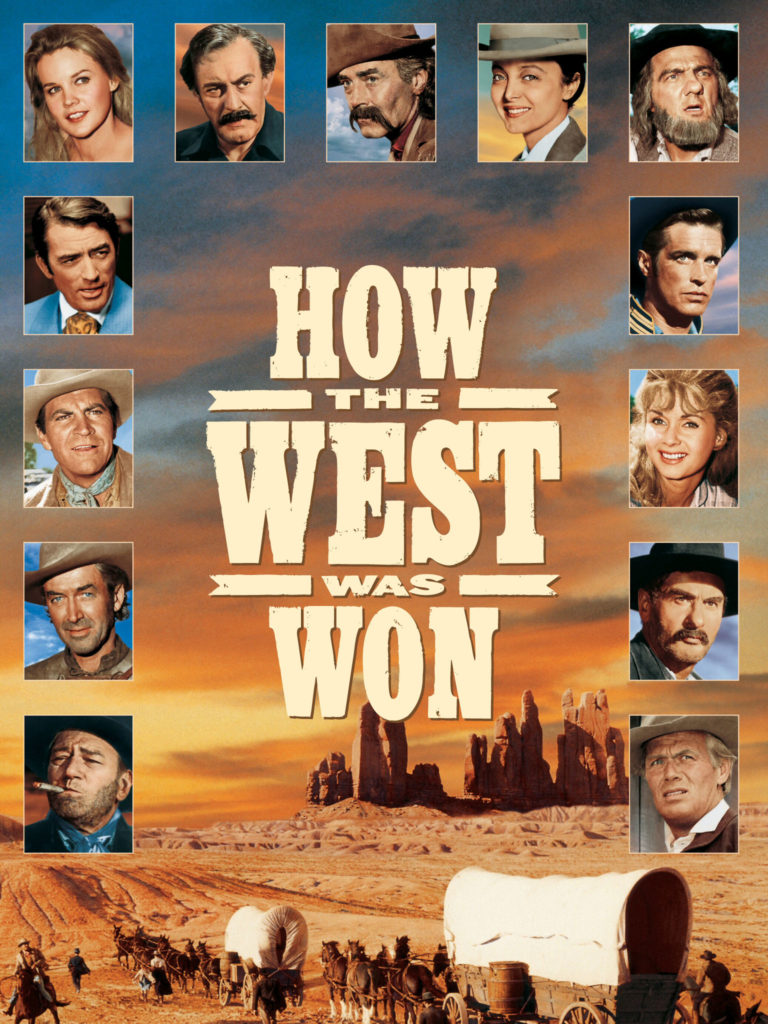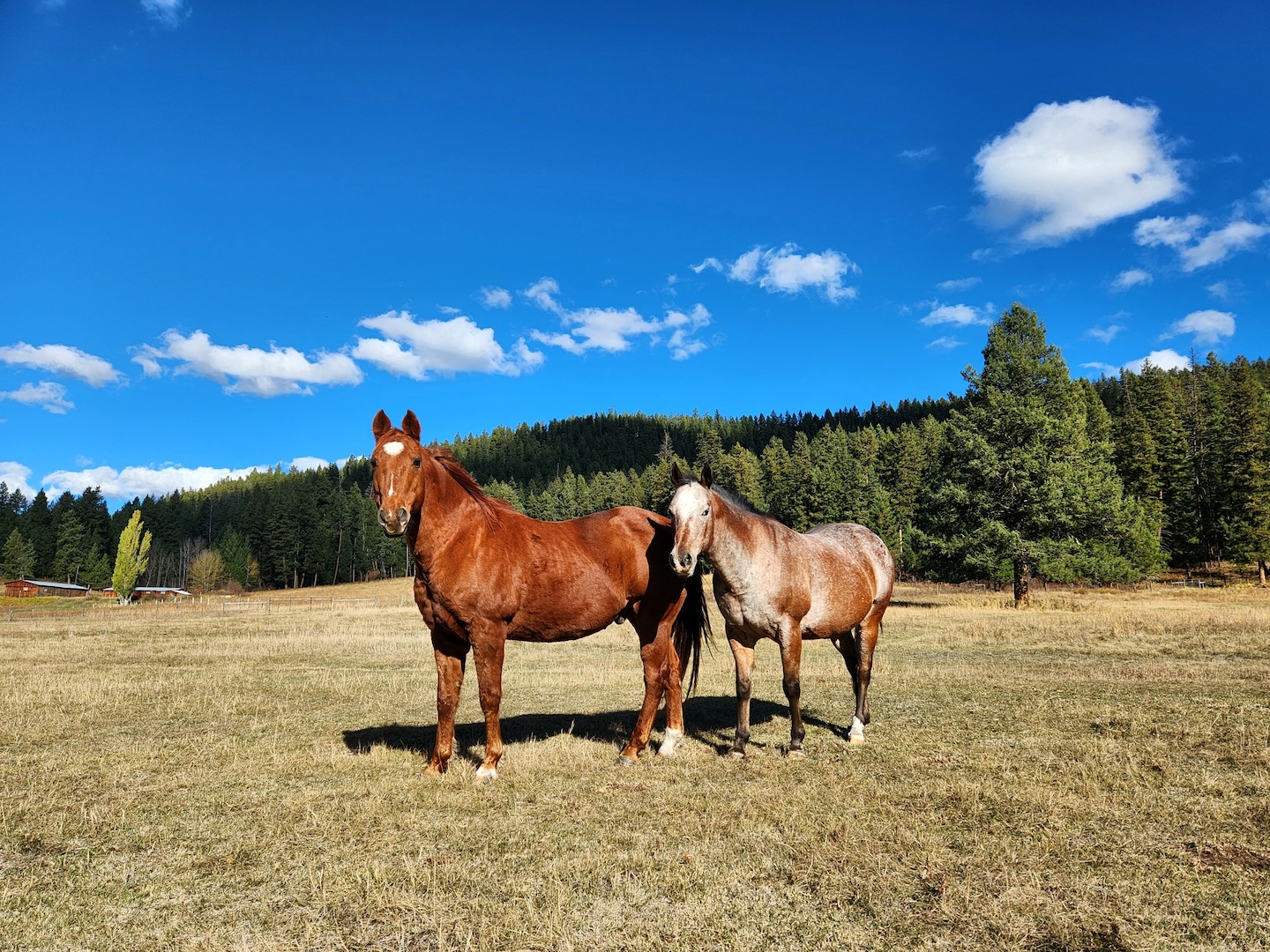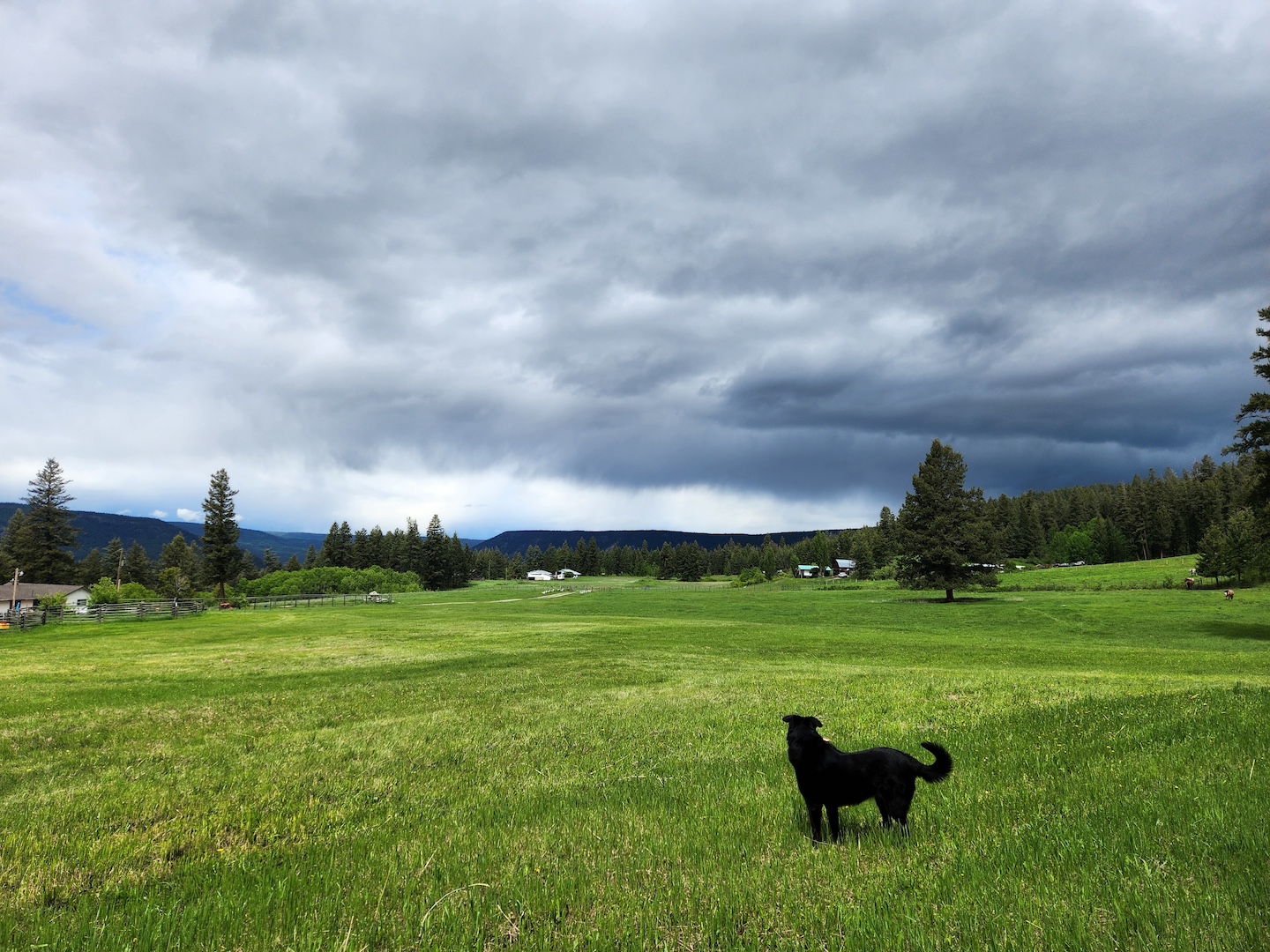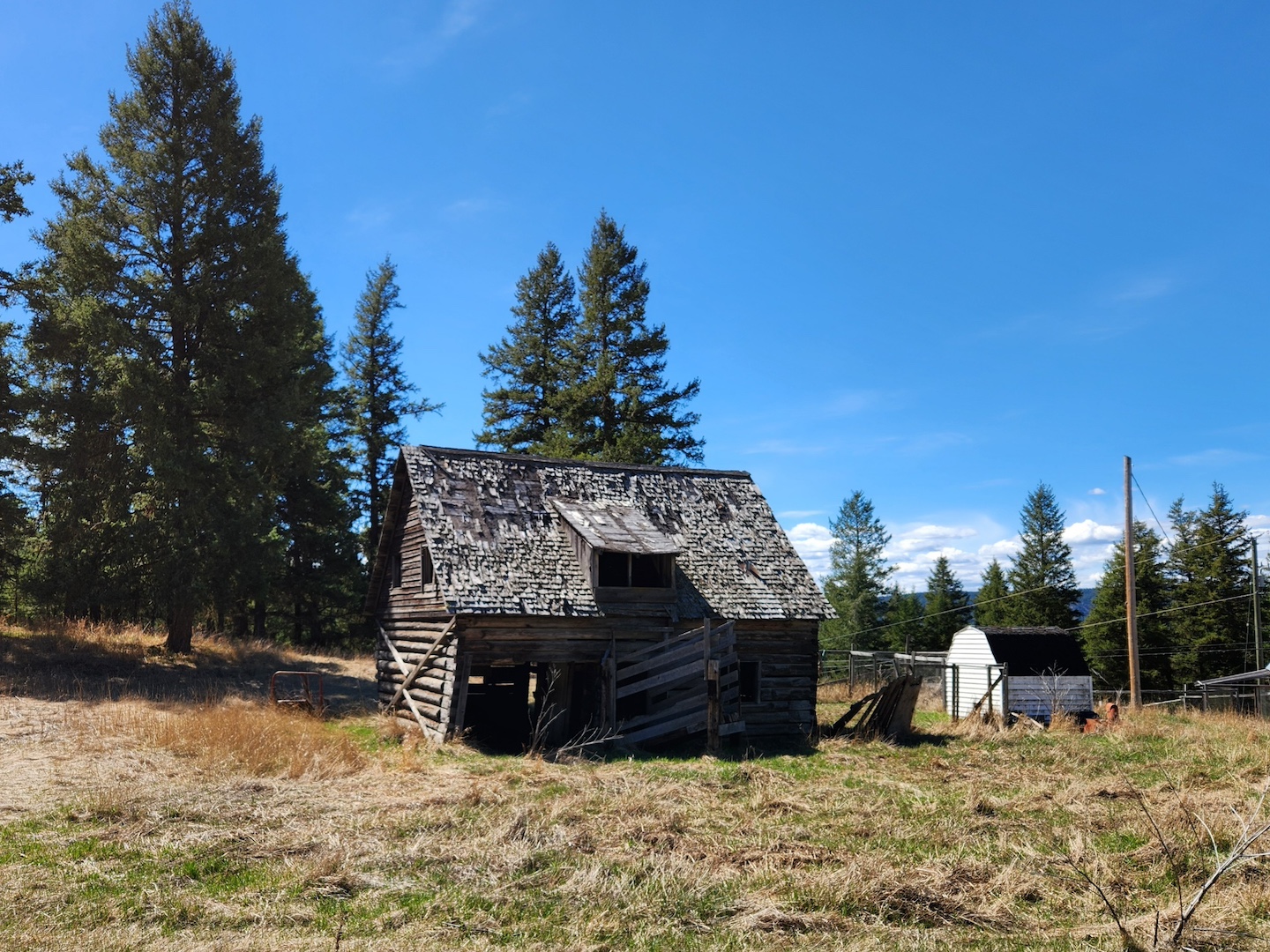Starring: Henry Fonda, John Wayne, James Stewart, Debbie Reynolds, Carolyn Jones, George Peppard, Gregory Peck, Eli Wallach
Director: Henry Hathaway, John Ford, George Marshall
Released: 1962
Mood: If you really want to watch a Western but you have to entertain a child so you need something without any of the gunslinging violence that makes Westerns so great.
I didn’t know anything about How the West Was Won when I sat down to watch it, except that it was directed by John Ford and that’s a big deal.
My copy came in one of those Western collections, which I bought because all of the titles have great reputations and I’d seen none of them. Ford made Rio Grande and The Man Who Shot Liberty Valance, so it seemed safe to assume this was a quality movie.
Here’s what I wish I’d known about How the West Was Won:
- It’s almost three hours long
- It’s an early ‘60s ensemble cast, EVERYONE is in this movie
- There are five ‘chapters’ with three different directors – Ford only directed one, yet it’s frequently referred to as a John Ford film
- Holy crap, did I mention it’s long?!
But I’d polled my Facebook group about which movie to watch next and this was the winner, so I was committed. Now I’ve seen it, and all I can say is this: I don’t get what all the fuss is about.
How the West Was Won is an epic movie – like as far as epic movies go, it’s a doozy. It spans the 1830s through the 1890s, in five chapters: The Rivers, The Plains, The Civil War, The Railroad, and The Outlaws. The unifying thread is that the main characters are different generations of one pious pioneering family. It begins with their journey westward on the Erie Canal.
The younger daughter, Eve, sets her sights on a trapper (James Stewart), but he’s all “sorry babe, not ready to settle down”. The family is attacked by river pirates and then suffer more losses to drowning, and that trapper finds himself talked into homesteading.
The elder daughter, Lilith (Debbie Reynolds), heads back east and takes up dancing in a St. Louis saloon. She somehow becomes the sole heir to a gold mine, attracting the attention of a broke gambler (Gregory Peck).
Lilith ventures to California to see her gold mine, all the while constantly being told by the gambler and wagonmaster how fine her body is and how great it would be at making babies. For some reason, being used for her inheritance, objectified, and ditched when she isn’t rich after all makes her fall in love with the gambler.
They have a son, and the rest of the movie follows his adventures in the Civil War, with the railroad construction, and taking down bad guys as a U.S. marshal.
![]()
What instantly struck me about How the West Was Won is the cinematography – holy shit, is it good. Shockingly good, for the ‘60s. They shot the movie using Cinerama, a crazy complicated widescreen process that used three cameras and was meant to wrap around the audience on curved big screens. On a modern TV it creates a sort of fisheye effect, but it’s still super cool.
Unfortunately there were downsides to Cinerama, which you can see and feel in this movie.
The cameras couldn’t deliver closeups. Also, if the actors looked at each other and angled their bodies toward each other when filming, they would appear to be looking totally the wrong way in the finished product. The result is a LOT of theatrical overacting, possibly because the actors couldn’t properly play off one another.
If a Cinerama movie was viewed on any screen that wasn’t built for the technology, you could see vertical lines where the three shots were put together. In How the West Was Won they tried to cover this up using trees and other tall objects where the seams would be. The restored DVD version mostly does a great job of blending it, but in scenes with lots of sky you can see the lines.
All that aside, How the West Was Won is a gorgeous film. Full points for visuals.
![]()
The problem I have with this movie is the story. This is not the real Old West.
This is the West out of one of those old live-action Disney movies, with lots of singing and dancing, soft music, convenient plot points, and you never see anybody actually get hurt – which makes sense, now that I learned Bing Crosby spearheaded the project and was originally on board to narrate. Crosby narrated tons of those old Disney flicks, and this movie definitely echoes that saccharine tone.
I was expecting an epic story of the Old West, since the story had so much time to be told. But this movie is like a gentle, high-level overview that would be told to little kids who you don’t want to have to teach about racism, guns, war, or death. It glosses over pretty much everything. I mean there are deaths and hardships portrayed here. But because you don’t see the bad things happen, it’s hard to feel any connection with the characters.
I wouldn’t have minded the lighthearted approach if they had gone all-in. Calamity Jane gave you a clean cut, campy Old West that’s ridiculously fun. How the West Was Won seems to earnestly believe it’s a realistic depiction of this brutal period in American history, and it’s just not.
There’s a shop in The Rivers chapter that legit looks like one of the stores in Disneyland’s Adventureland.
I read that the costumes were painstakingly hand-sewn because they would be shown in such vivid detail on the screen and had to appear authentic. They’re actually quite well done, although the men are perpetually too clean.
There IS some excellent acting here.
- Henry Fonda steals the show – which is a big deal given how long this beast is – as trapper Jethro Stuart; his grizzled face, unhurried manner, and smooth way of talking were a welcome change of pace to balance George Peppard’s overacting
- Debbie Reynolds is great as Lilith, although it kind of felt like she was asked to deliver a Doris Day-style performance – Day was approached but turned down the project
- Harry Morgan and John Wayne give memorable performances as Ulysses S. Grant and William Tecumseh Sherman
- This was my first time seeing Carolyn Jones in colour – she was a standout in Last Train from Gun Hill and of course as the original Morticia Addams, and though this is a more muted role, she’s still one of the stronger performers
How the West Was Won was a box office smash, nominated for a bunch of awards including the screenplay and the score, and inspired a TV series. I guess people love it.
Not my favourite epic Western. I’m more the Dead Man’s Walk, Broken Trail, Wyatt Earp, Hatfields & McCoys kinda girl. But if you want to see a bunch of Western icons do their thing in a G-rated production, this will probably make you happy on some level.



